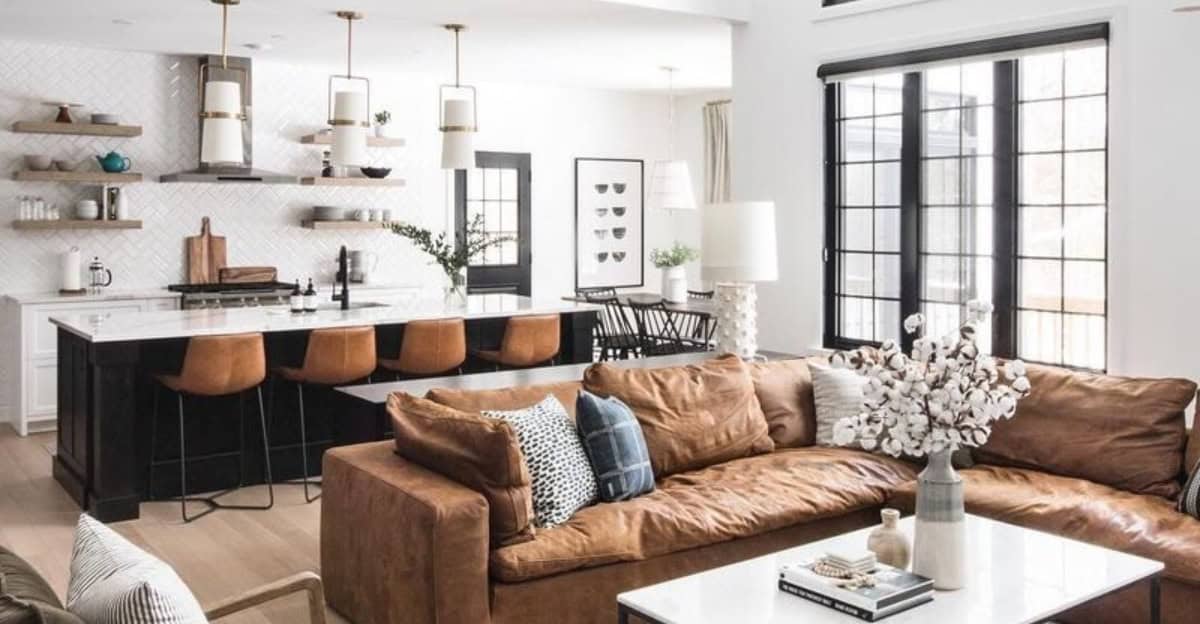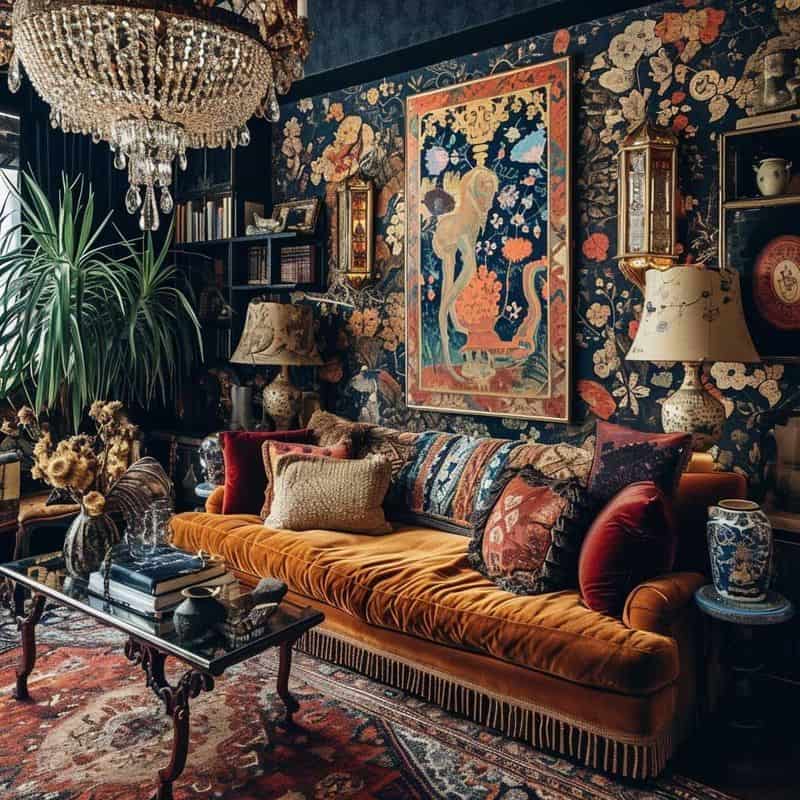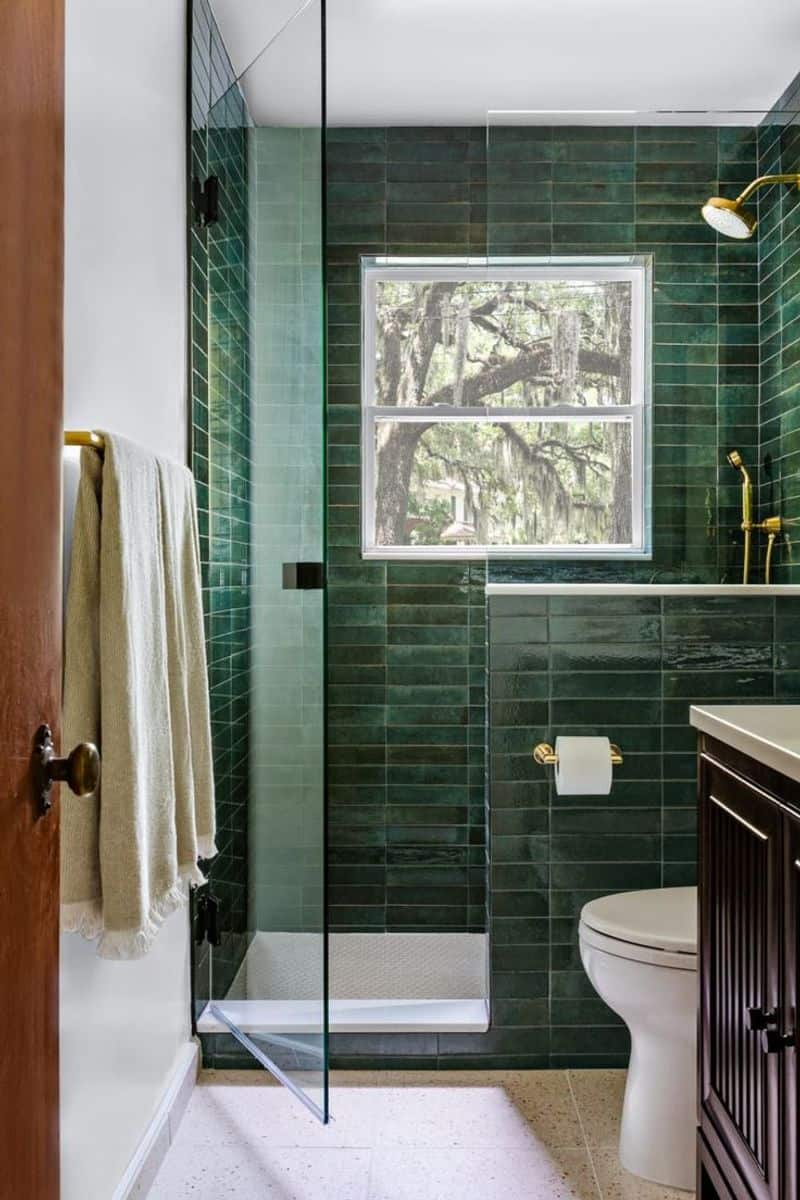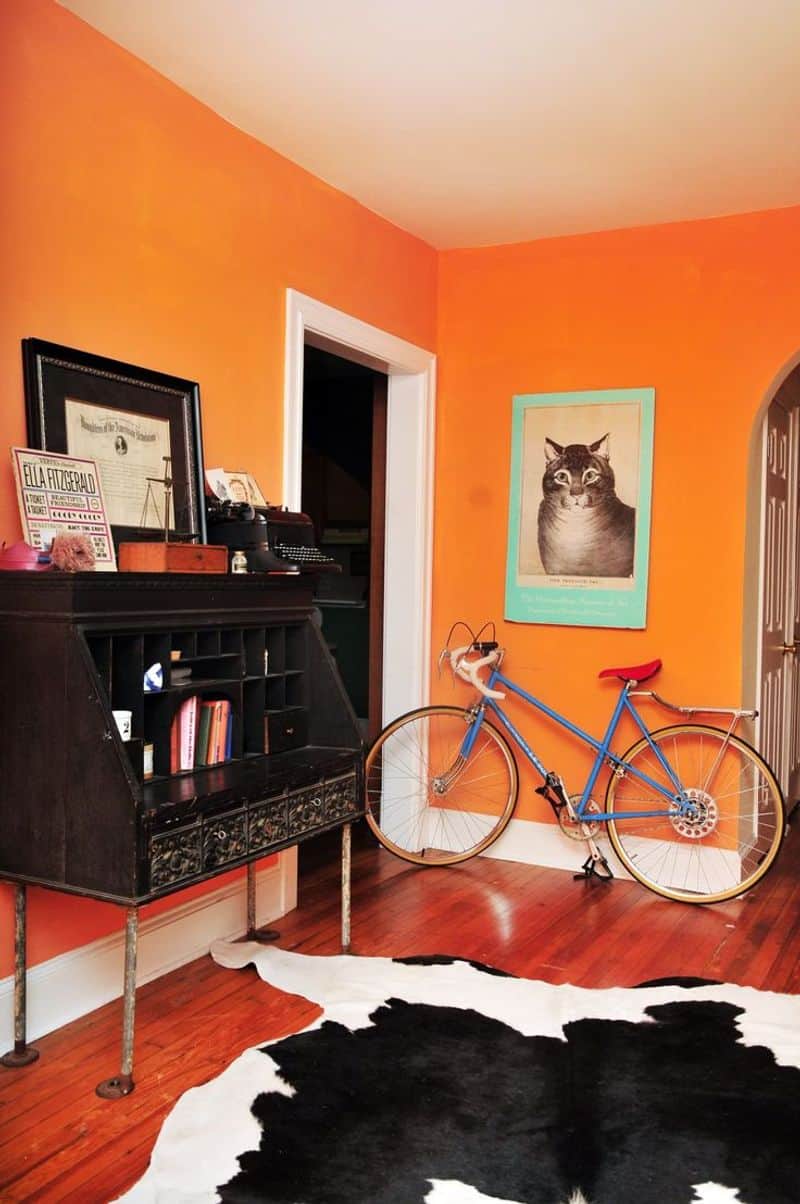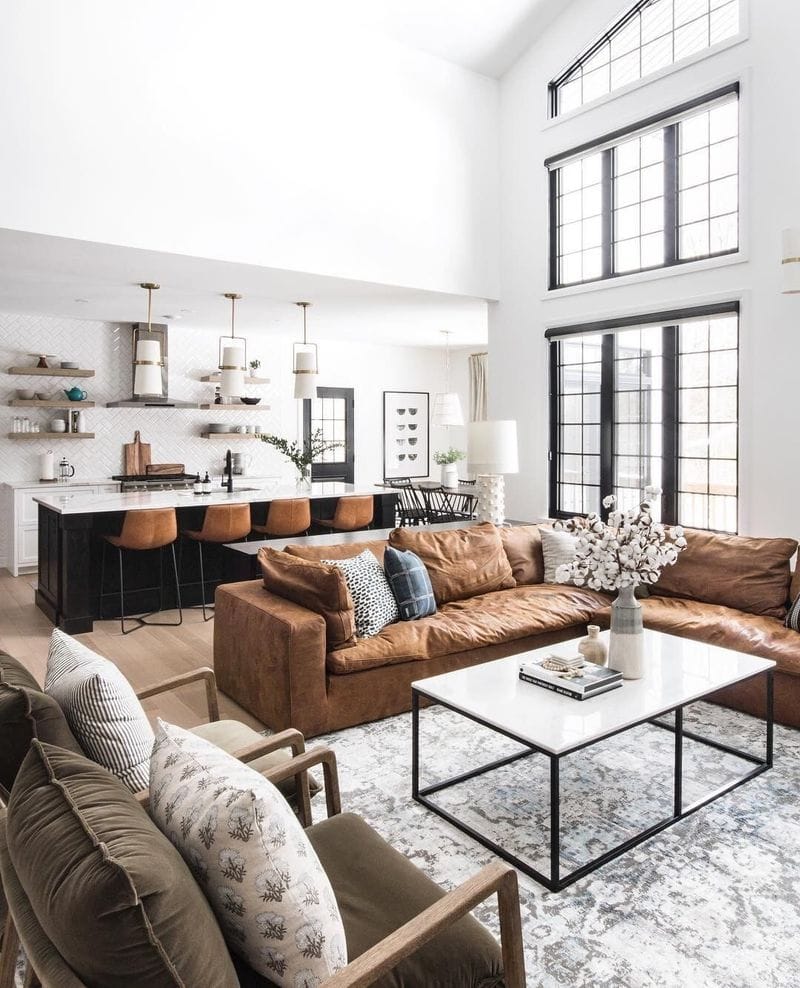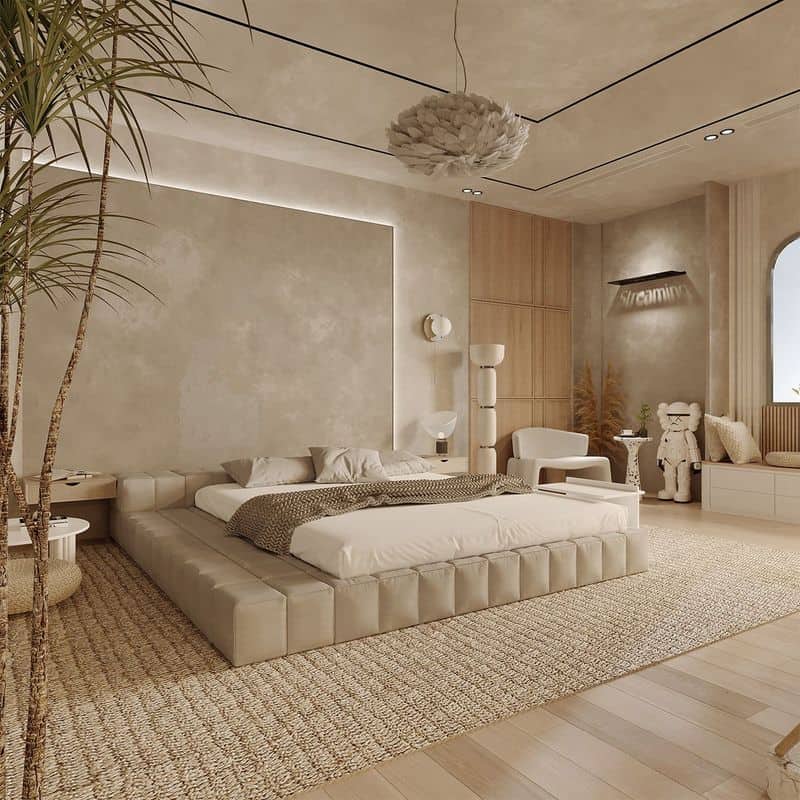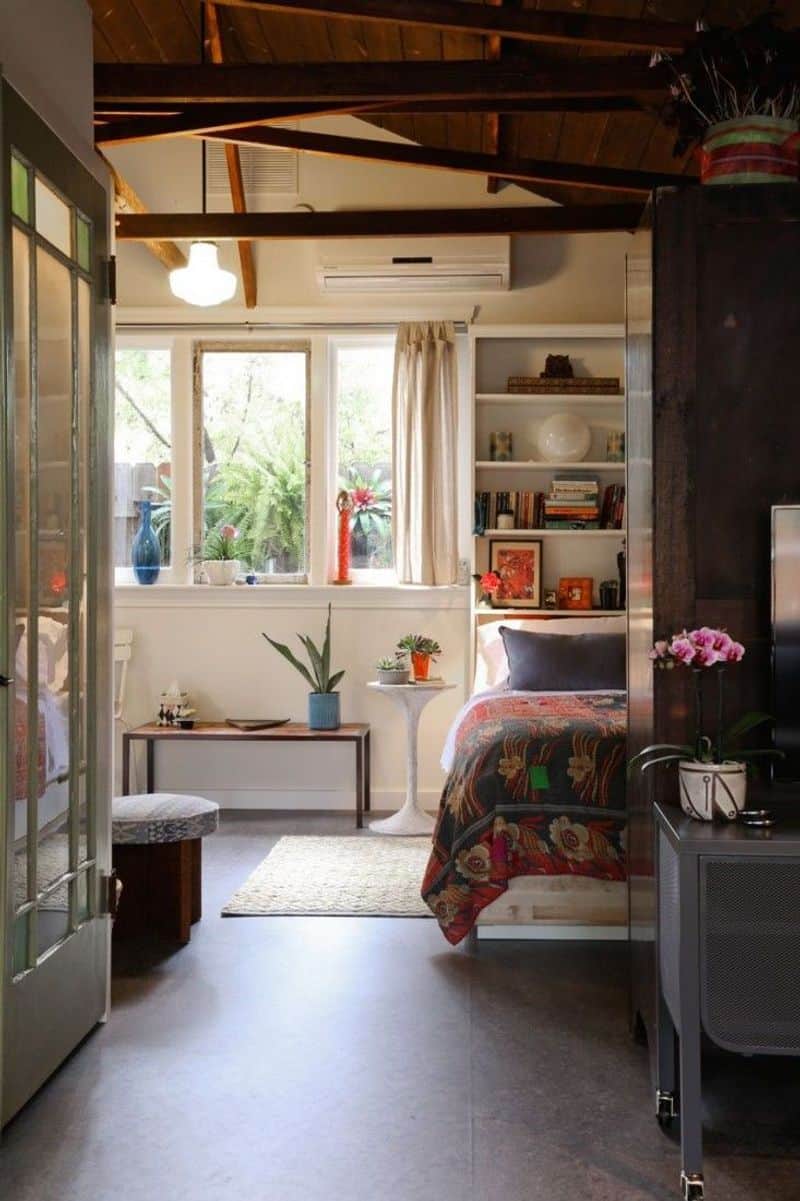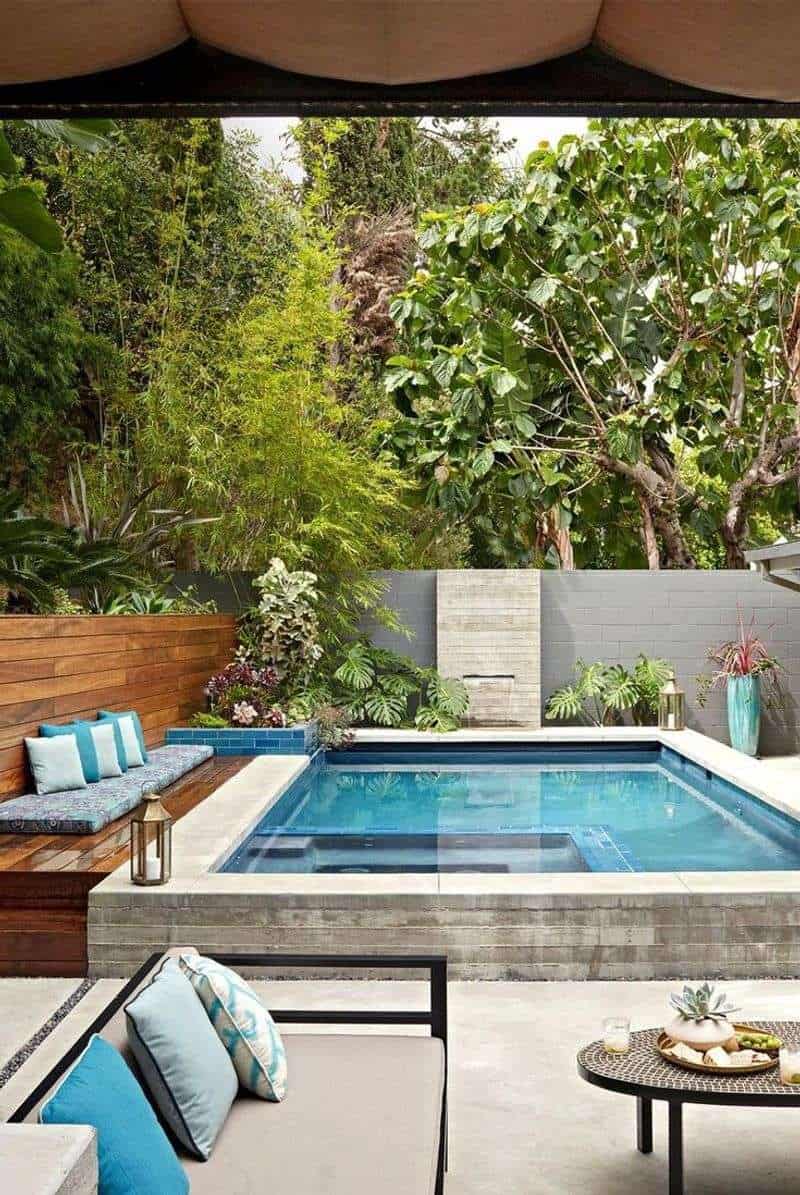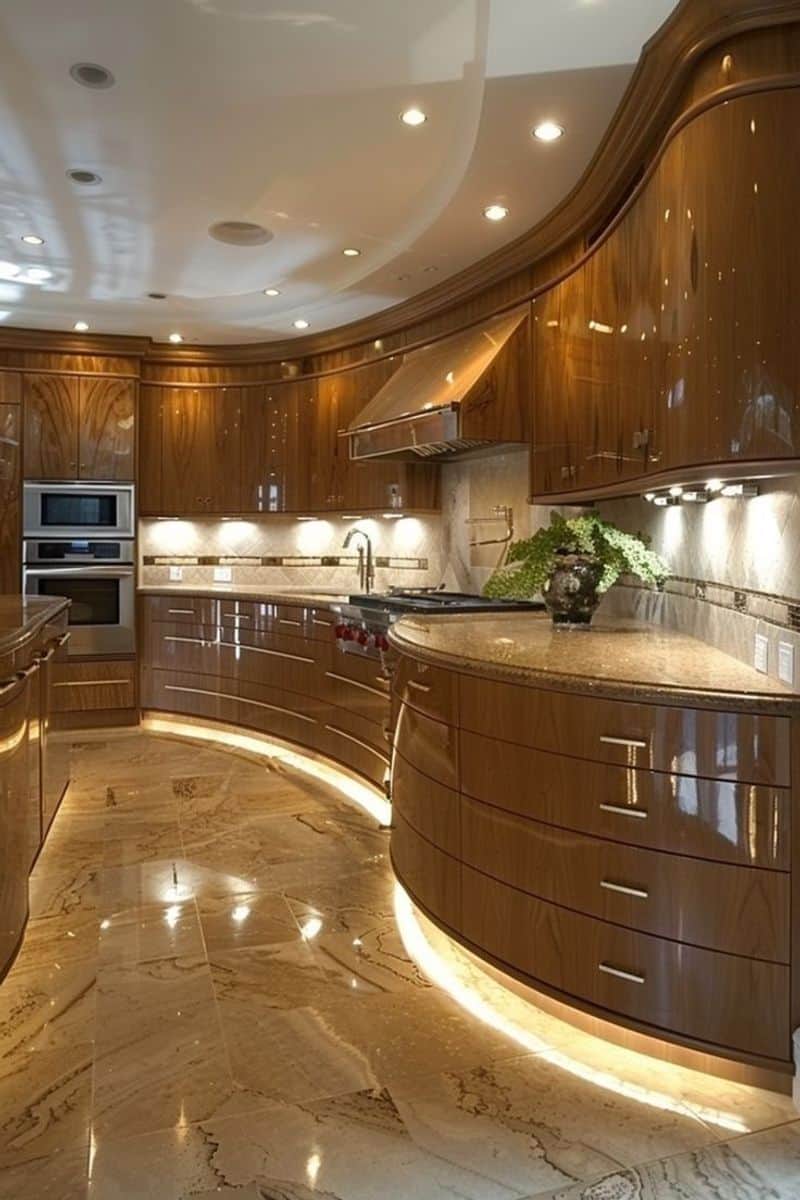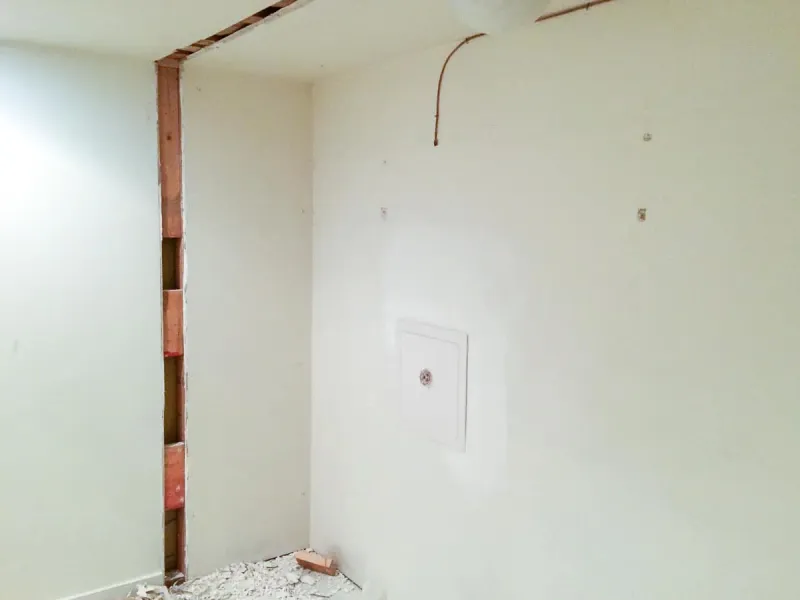Renovating your home can be an exciting adventure, but sometimes it leads to unexpected outcomes that may not add value to your property.
Some renovations are so uniquely personal that they end up being more of a hindrance than a help.
Here are 9 renovation fails that could potentially devalue your home.
1. Too Much Personalization
When it comes to renovating, expressing your personality is great, but there’s a fine line between personalization and overkill. Vibrant colors and unique decor may scream ‘you,’ but they might not appeal to potential buyers.
Imagine a room with clashing colors, oversized bean bags, and uniquely shaped furniture. While this might be your dream space, it could be a nightmare for others, making it hard to envision their lives there.
Keep personalization subtle. A neutral base with select personal touches can ensure your home appeals to a wider audience, preserving its market value.
2. No Bathtubs
In the quest for modernity, some homeowners opt to replace bathtubs with spacious walk-in showers. However, this might not be a smart move for families or bath enthusiasts.
Bathtubs are often seen as essential, especially for families with young children or those planning to have children. Removing them limits buyer interest.
Consider keeping at least one bathtub in your home to maintain its family-friendly appeal. This simple feature can make a significant difference in your home’s attractiveness on the market.
3. Paint Havoc
Choosing bold and bright colors might seem refreshing, but it can turn into a chaotic mess if not done right. Too many colors can make a space feel disjointed and overwhelming.
Potential buyers might see this as an extensive repainting project rather than a charming addition.
Opt for cohesive colors, sticking to two or three complementary shades. This approach creates a harmonious environment that can enhance your home’s appeal, ensuring that future buyers won’t be scared off by a potential paint job.
4. Demoing Too Many Walls
Open floor plans are trendy, but removing too many walls can lead to a lack of defined spaces. This might create an expansive area that feels more like a cavern than a cozy home.
Without separate rooms, privacy becomes a concern, especially for families needing distinct living areas.
Maintain some level of separation between spaces to ensure your home meets diverse needs. A balance between openness and privacy can enhance both the functionality and allure of your living spaces.
5. Big Bedrooms
While spacious bedrooms might seem luxurious, they can take away from other essential areas like bathrooms or storage spaces. Oversized bedrooms can make other spaces feel cramped or insufficient.
Potential buyers might prefer a balanced layout where space is evenly distributed among key areas.
Consider the proportions of your home carefully. A well-balanced distribution of space is more appealing and functional, offering comfort without compromising on essential living areas. This can ensure that no single room dominates at the expense of others.
6. Garage Conversion
Converting a garage into a living space might seem like an innovative way to add square footage, but it can backfire. Many buyers value garages for storage and vehicle protection.
Removing a garage could limit your home’s appeal, especially in neighborhoods where garages are the norm.
If you decide to convert, consider maintaining the garage door and reversible design elements. This way, future homeowners can easily transform it back into a garage, making your home adaptable to various needs.
7. Pool
While a pool might sound like the ultimate backyard luxury, it can become more of a burden than an asset. Maintenance costs, safety concerns, and climate considerations can turn enthusiastic buyers away.
For some, the upkeep outweighs the enjoyment, particularly in areas with short swimming seasons.
Evaluate whether a pool truly adds value to your home. If keeping it, ensure it’s well-maintained and secure. Alternatively, consider removing or covering it to appeal to a broader range of potential buyers.
8. Luxurious Kitchen
Fancy kitchens with top-notch appliances and marble countertops are a chef’s dream, but they might not fit every home. An overly luxurious kitchen can feel out of place in an otherwise modest house.
Potential buyers could be deterred by the mismatch, thinking their lifestyle doesn’t align with such extravagance.
Prioritize functional upgrades that complement the overall style of your home. Balance luxury with practicality to ensure your kitchen enhances rather than overpowers the rest of your living space.
9. Removing Closets
In an effort to create larger living spaces, some opt to remove closets. While more open space might seem appealing, it often leads to clutter and storage issues.
Closets are a critical feature for organization and convenience. Without them, potential buyers may see a lack of storage as a significant drawback.
Ensure you retain sufficient closet space to meet everyday needs. Incorporating practical storage solutions can maintain your home’s functionality and desirability, appealing to buyers who value organization and efficiency.

